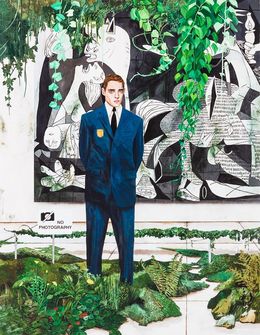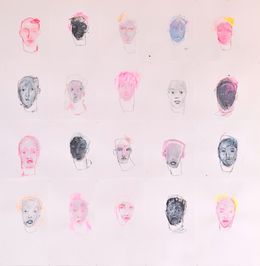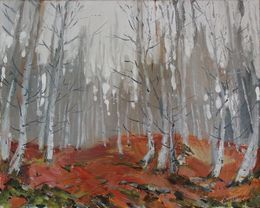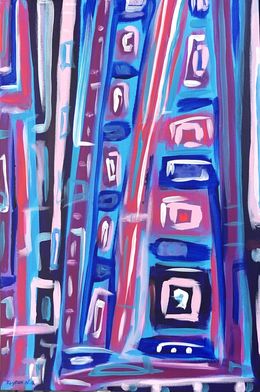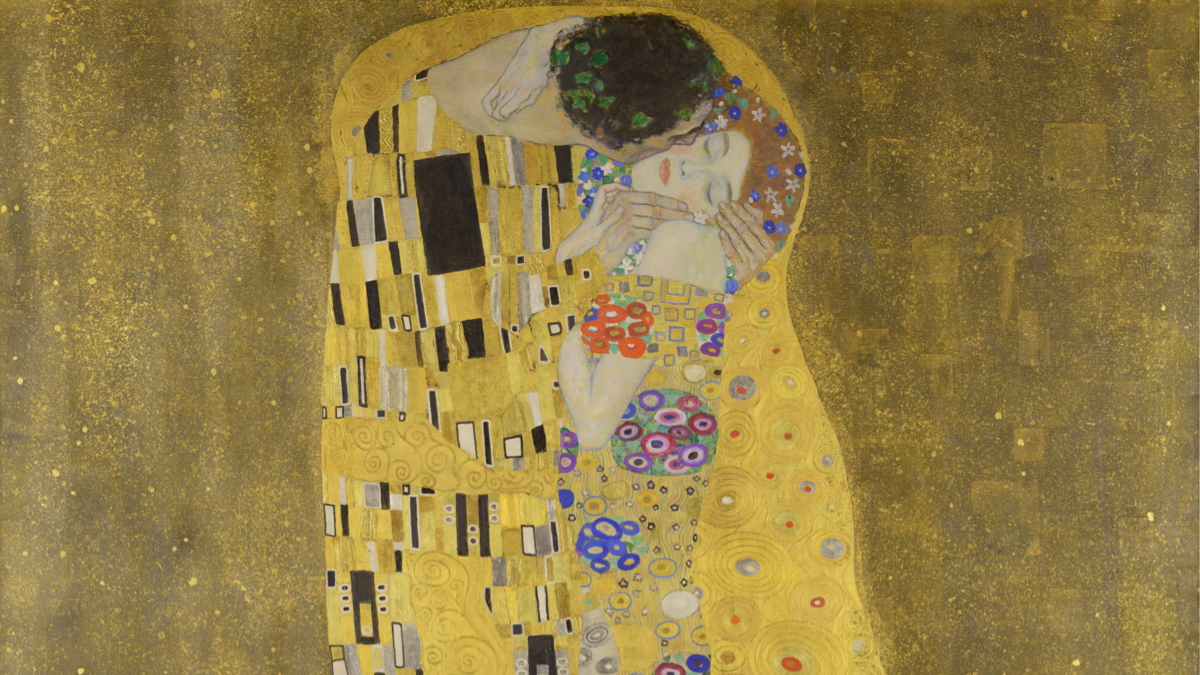
A Short Guide to the Secession Movement
The Secession movement was a Viennese branch of ‘Art Nouveau’ that flourished during the years 1892 to 1906. This movement developed an organic style, typically with floral designs in opposition to more geometric expressions of art nouveau. The movement was represented by a group of twenty or so artists the majority of whom were either Austrian or German. Among the best known are Gustav Klimt, J.Hoffmann, J.Engelhart, M. Kurzweil, C.Moll, K.Moser, F. Von Myrbach et Egon Schiele.

They contested the artistic vision of the ‘Collectif Küstlerhaus’, a conservative group who curtailed artistic liberty and innovation notably by controlling the workings of the art market.
#1

This movement aimed to:
- Unite creative potential in Austria
- Establish contact with artists abroad
- Favour idea-sharing at an international level
- Counter nationalist ambitions prevalent in Europe at this period
- Revive the applied arts
- Create a total work of art, a ‘Gesamkunstwerk’
#2

In 1897 a dissenting group of artists led by Gustav Klimt set up the ‘Vereinigung bildender Künstler Sezession’. Although they did not have a clear artistic programme, they expressed their desire to take art out of the hands of the dealers by creating popular interest in art and enriching the artistic sensibilities of their contemporaries. For this purpose they contributed to several art magazines.
#3
The major review ‘Jugend’ (youth), promoted the new ideas on ideas architecture, drawing and interior design. The term ‘Jugendstil’ comes from this journal.

La revue représentative et la plus officielle de la Sécession viennoise est Ver Sacrum crée en 1897. D’autres revues ont participé à l’essor du courant telles que Pan, Simplicissimus, Deutsche-Kunst und Dekoration…
#4

One of the major characteristics of the Secessionist style is organic forms such as portrayals of different plant-forms and animals such as birds and fish. Detail showing owls from the secession Palace in Vienna. Rich extremely stylized floral compositions and a profusion of curvilinear, sinuous patterns leading to an absence of a balanced perspective. Floral detail from the Secession palace in Vienna
The Secession style is well-known for its poster designs inspired by images taken from design, typography and graphic illustrations. These posters served to publicize exhibitions, plays and books but rarely publicized industrial goods.
#5
The key artists of the Viennese Secession movement
Gustav Klimt is the major figure of the movement. Indeed, in 1897 he founded the Secession movement and the Ver Sacrum review. He was a painter and expert engraver. The organic, feminine patterns of his works are intertwined with floral motifs and gold leaf and immediately engage the eye of the observer. The subject of his paintings are mainly ancient or biblical myths, allegories and female nudes.

Like Klimt Otto Eckman was a painter and engraver and is considered one of the major figures of floral Jugenstil. In 1899, he designed an alphabet for the Rudhard foundry which was to become the main type print for the Jugenstil movement and a major influence on later work on type print.

Josef Hoffman trained as an architect. Inspired by what he had seen during a trip to Italy, he created his own geometric, ornamented, architectural style. His major work is the Stoclet palace in Brussels.
Koloman Moser was one the founding figures of the Secession movement and is particularly well-known for the scenography of the Secessionist exhibitions.

About Artsper
Founded in 2013, Artsper is an online marketplace for contemporary art. Partnering with 1,800 professional art galleries around the world, it makes discovering and acquiring art accessible to all.
Learn more



